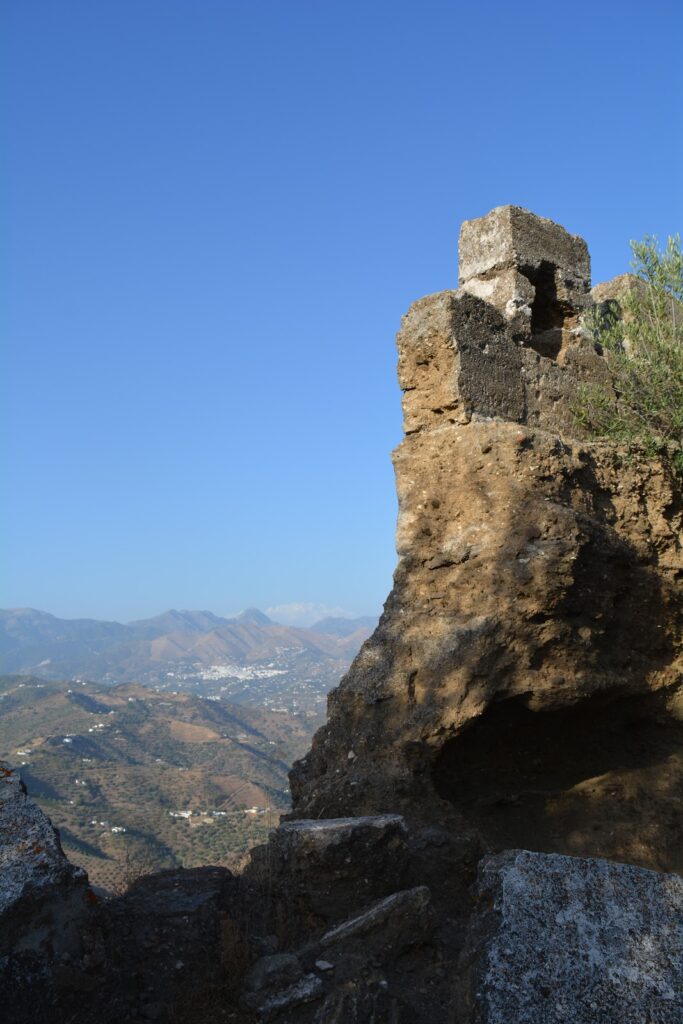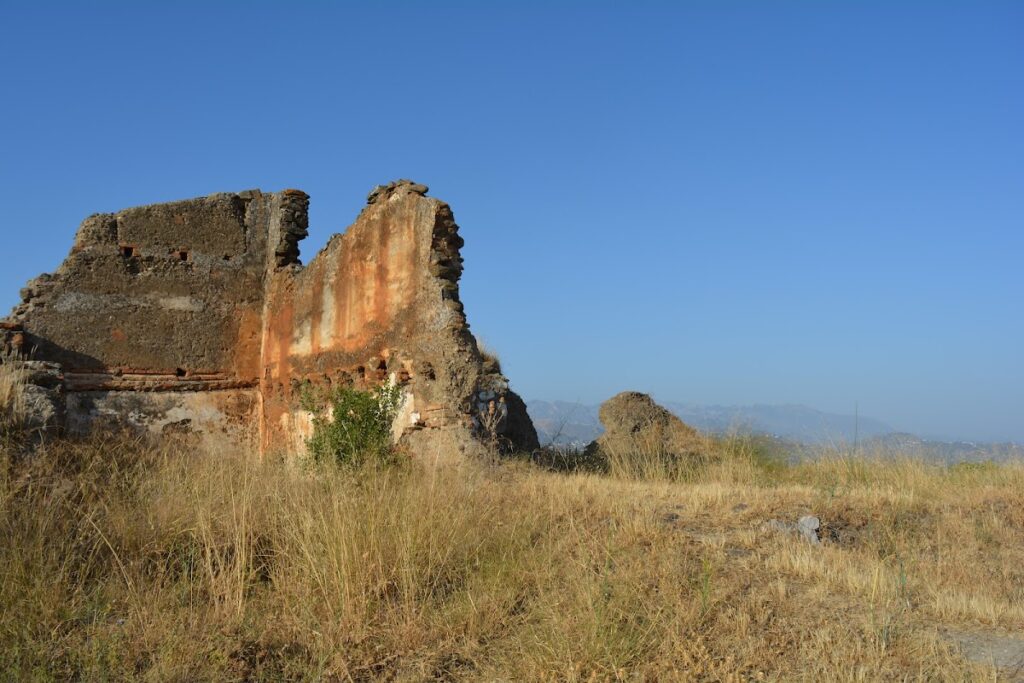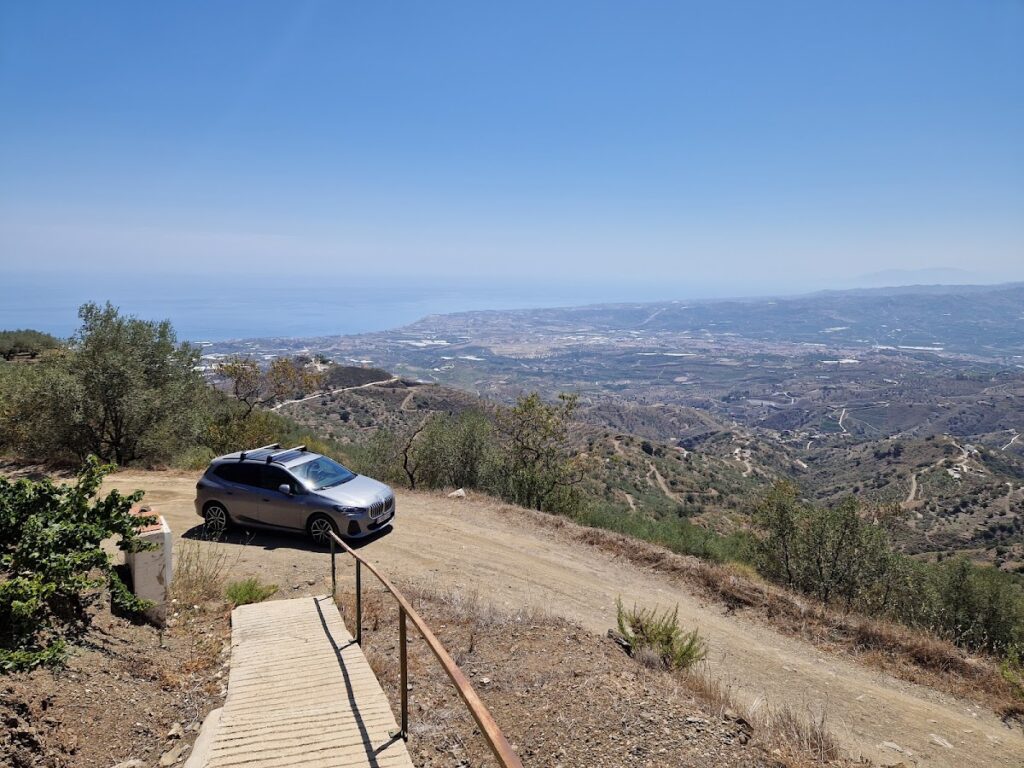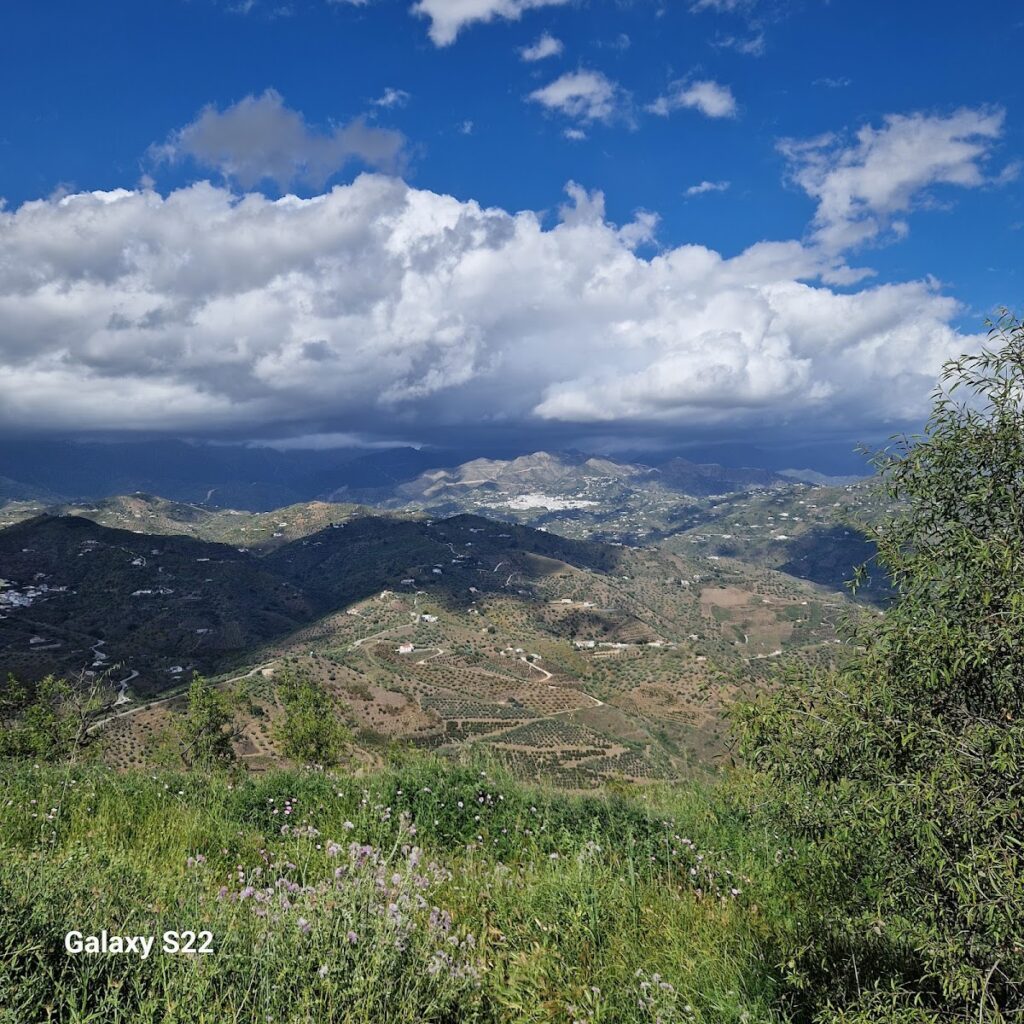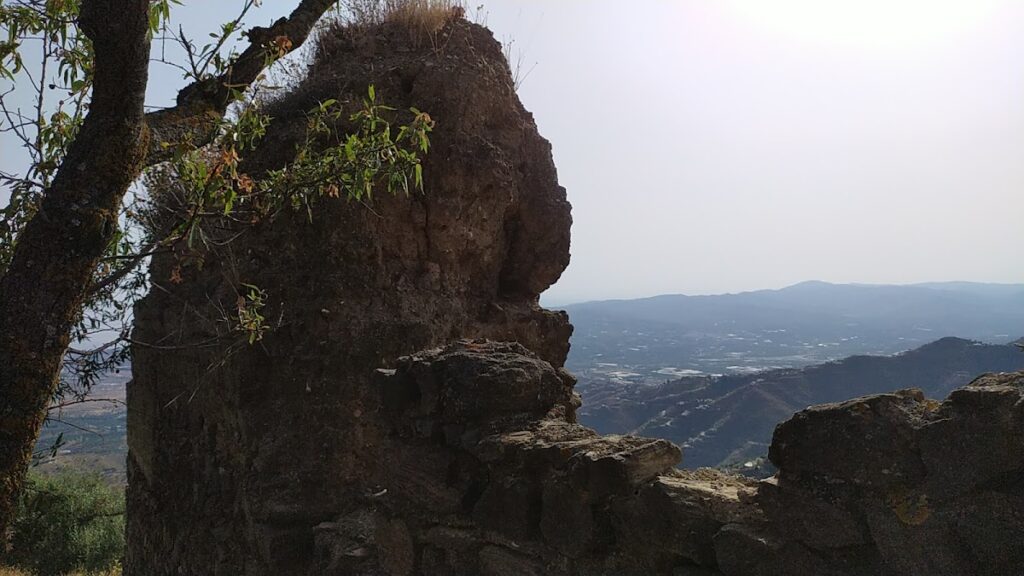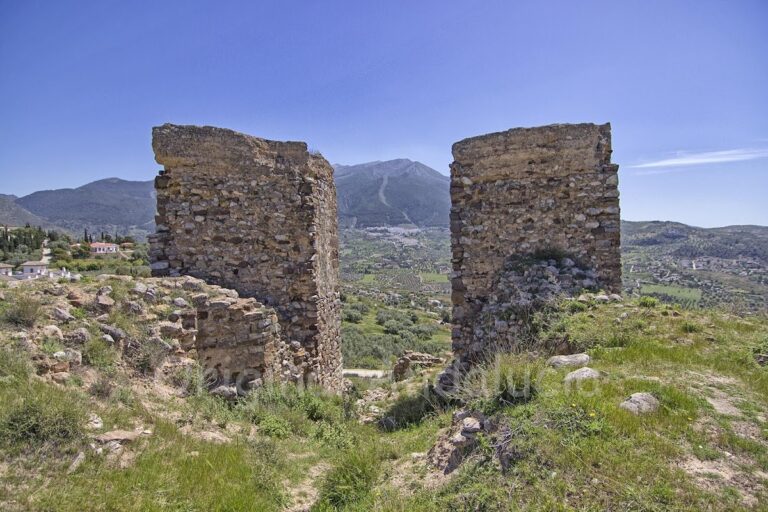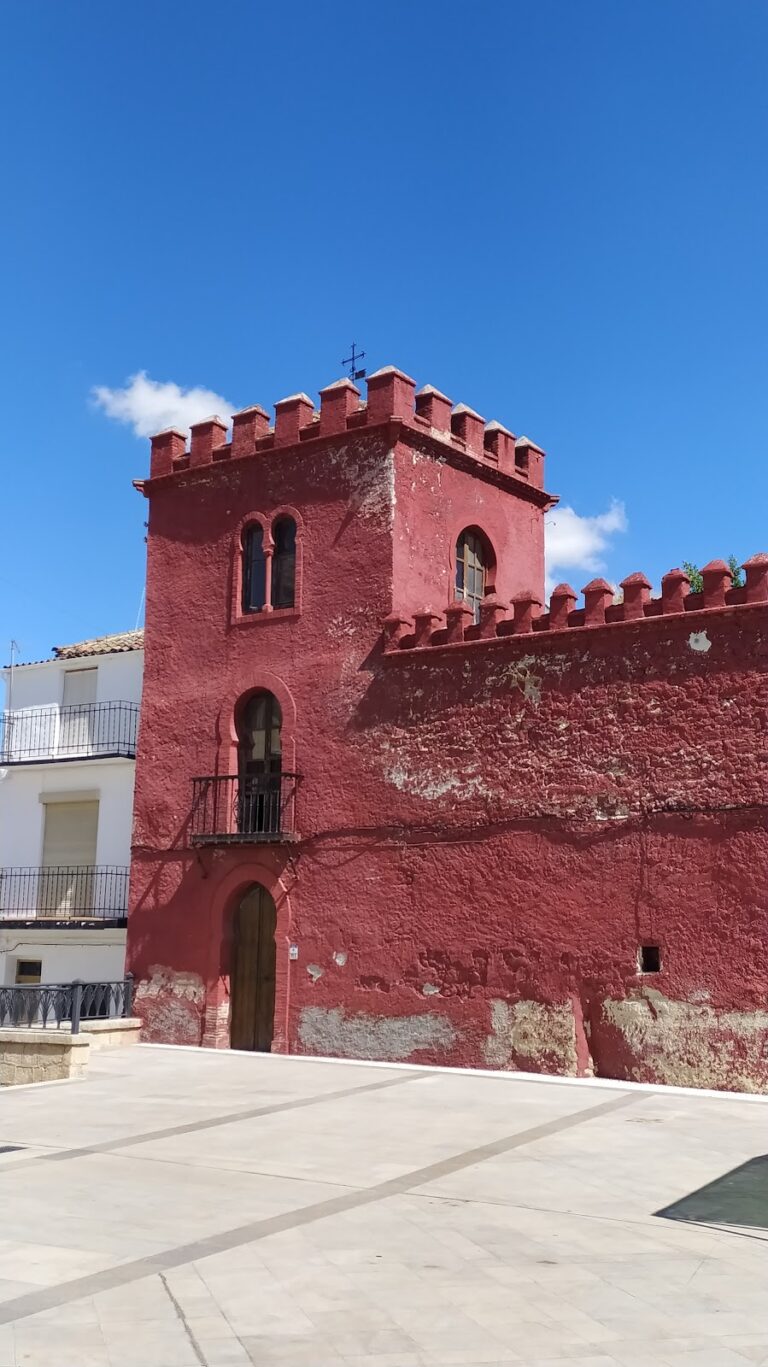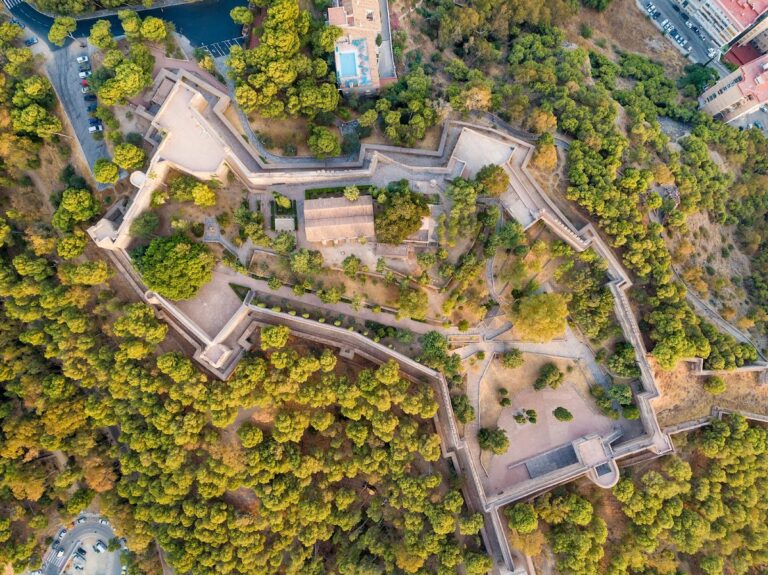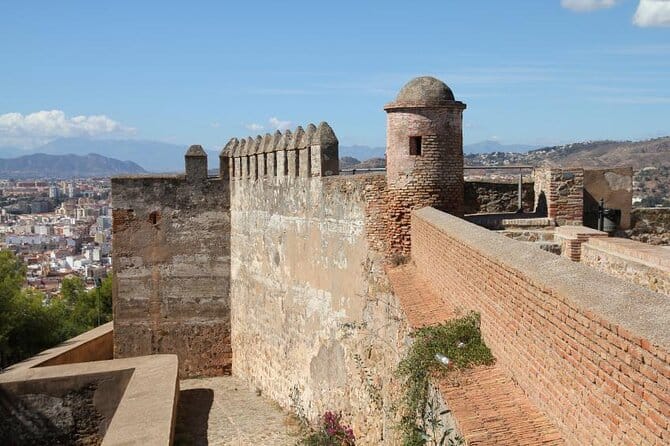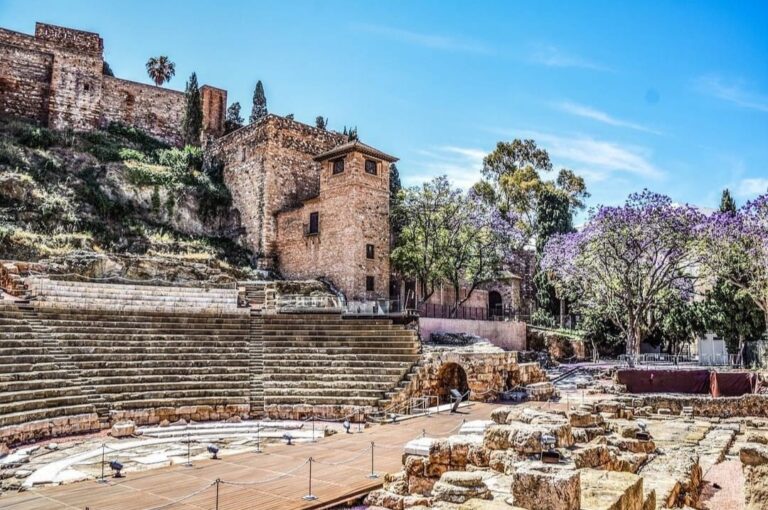Bentomiz Castle: A Historic Fortress in Spain
Visitor Information
Google Rating: 4.3
Popularity: Low
Google Maps: View on Google Maps
Official Website: www.malaga.es
Country: Spain
Civilization: Unclassified
Remains: Military
History
Bentomiz Castle is located near the village of Arenas in Spain and was originally established by ancient Mediterranean civilizations including the Phoenicians, Greeks, and Romans. Although Romans created bath structures on the site, the surviving fortress primarily reflects Muslim construction and occupation.
The earliest recorded mention of Bentomiz dates to the 11th century during the memoirs of Abd Allah ibn Buluggin, the Zirid ruler of Granada. He described the stronghold as a significant fortress, which he successfully captured amid a family civil war alongside his brother. Later, between the 13th and 15th centuries, the castle served as the administrative center—known as a ta’a—of a district within the Nasrid Kingdom of Granada. This period coincided with economic growth in the surrounding mountains, driven by silk and raisin production.
Bentomiz was part of a strategic defensive network, forming a triangular line of fortifications with the castles of Comares and Zalia. It played an important military role during Umar ibn Hafsun’s revolt against the Umayyad state. In subsequent civil conflicts marking the decline of Islamic rule in Spain, the fortress maintained its defensive significance. In 1487, as the Catholic Monarchs conquered the Kingdom of Granada, the castle was surrendered peacefully.
Following the Reconquista, Bentomiz remained a military post overseeing an area inhabited predominantly by Moriscos, Muslims who had converted to Christianity. It was involved in the Morisco Revolt of 1570, after which the fortress declined and eventually fell into ruin. Historical records from 1492 noted approximately 7,500 defenders and a mixed population of Muslim families, many of whom fled leaving their properties behind.
The name Bentomiz likely derives from its commanding view over a broad region of the Axarquía area extending toward the sea. This etymology may stem from the Latin word “montemar,” meaning a mountain overlooking the sea, or from Arabic place names beginning with “ben-,” indicating a lineage or family association.
Remains
Bentomiz Castle is recognized as one of the largest castles in the Málaga area, characterized by a double enclosure that follows the irregular terrain of its hilltop position at 711 meters altitude. Its layout distinguishes it among regional fortresses through methods of construction, materials, and topographic adaptation.
The fortress contains two main sections: a smaller upper enclosure crowning the summit and a larger lower enclosure wrapping around the plateau. The upper enclosure is protected by thick stone walls supported by square towers. Among these towers is a hexagonal one, notable for containing two vaulted cisterns—reservoirs used to collect and store water—with barrel-shaped vaulting. The larger, lower enclosure includes similarly robust walls reinforced by towers, several of which still exhibit battlements where defenders once stood guard. This area houses two sizable cisterns that originally featured ribbed vaulted roofs, a design element shared with the water storage systems beneath the Palace of Charles V in the Alhambra, indicating architectural links to major Nasrid palaces.
Construction across the site reflects multiple historical phases, with masonry methods ranging from stonework to rammed earth (known locally as tapia). These variations highlight repairs and modifications from the early Caliphate period through to the late 16th century during the Morisco rebellion.
While portions of walls, towers, and internal chambers have collapsed, a cluster of residential houses remains attached to the northern side of the lower enclosure’s wall. These houses were inhabited until recent times, revealing a continued use of the site beyond its military function. At the highest point within the upper enclosure, a modern small building has been erected to serve as a television repeater.
Together, the substantial cisterns within the castle demonstrate sophisticated water management similar to that found in prominent Islamic palaces, underscoring the fortress’s self-sufficiency. The surviving battlements, towers, and walls convey the original defensive strength of Bentomiz, while the combination of architectural styles marks a long history of occupation and adaptation through diverse eras.
